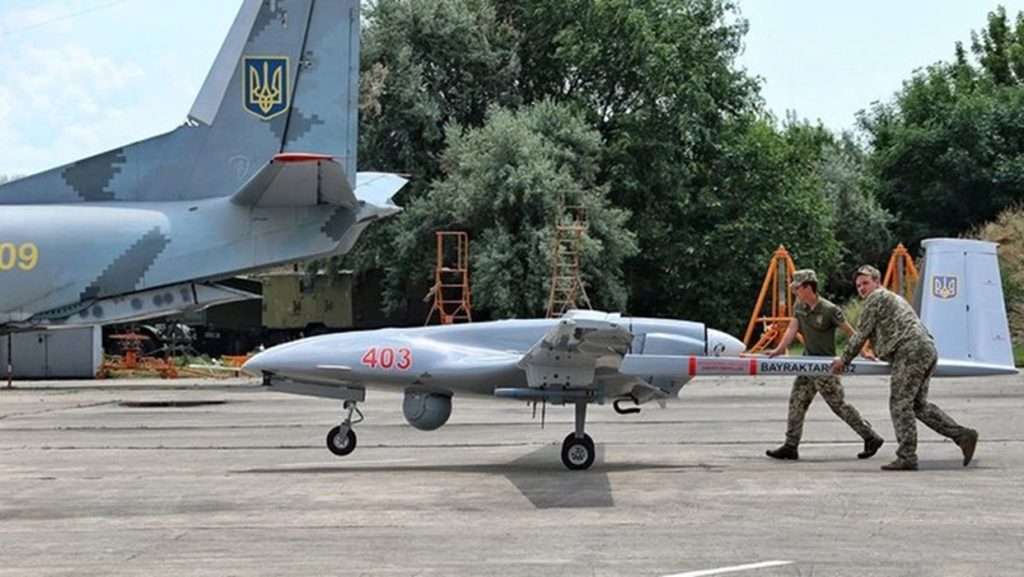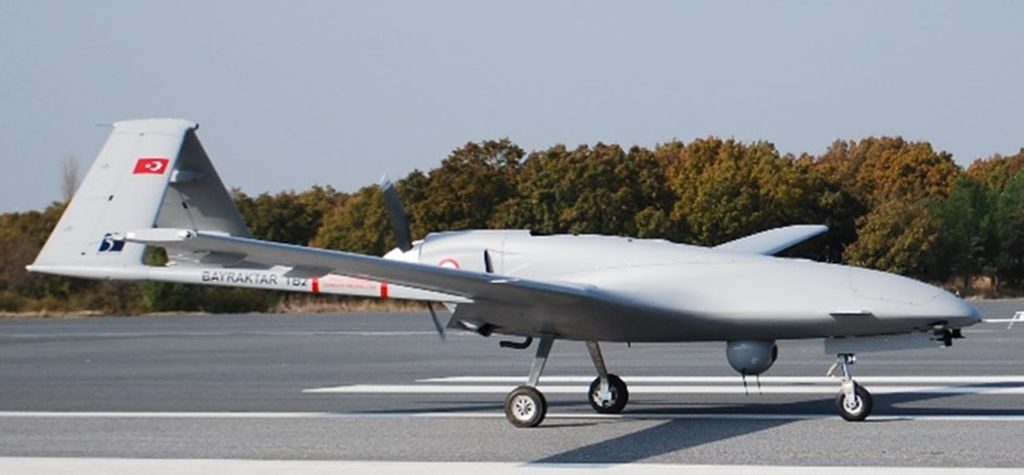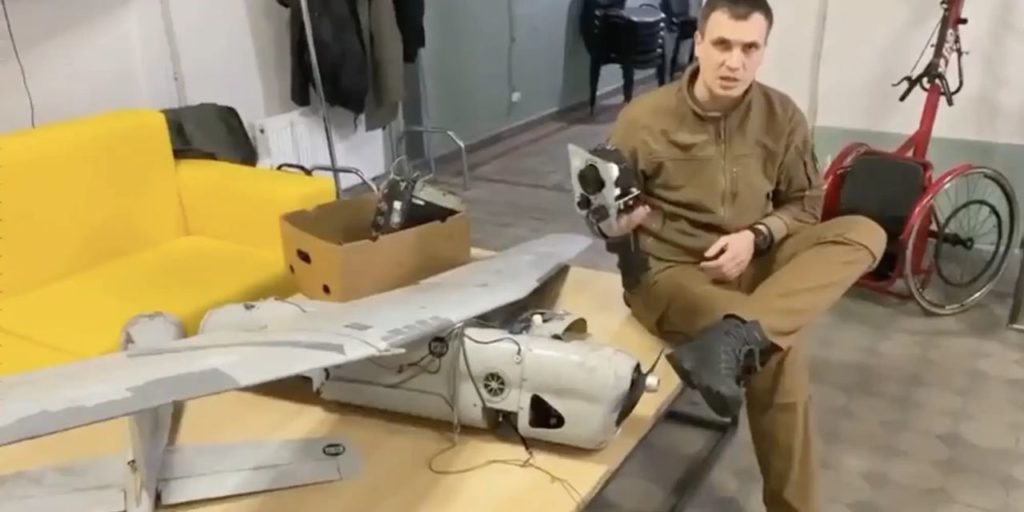
Charles R. Goulding & Harry Foxman consider potential use of 3D print technology for military drone manufacturing.
The Ukrainian war is arguably the first modern war that utilizes opposing drone technology. To mitigate the number of casualties and improve surveillance, drones are becoming more prevalent in warfare. The Russia-Ukraine conflict has allowed modern drone technology to be put on display. Improved technologies and surveillance capabilities have allowed more utilization than ever before.
Additionally, hundreds of consumer drones are being donated to Ukrainian troops to assist them. Drones in Ukraine are changing the nature of war by providing an inexpensive way for troops to obtain intelligence and launch attacks against expensive armored enemy vehicles.
Drones are major 3D printing users since there is a need for lightweight, high-performance components. Military-grade drones can be produced inexpensively using 3D printed parts. Some of the main drones provided by different countries in the Ukraine conflict are as follows. Additionally, ad-hoc weapons are being produced for drones in Ukraine.
Turkey

Turkey’s Bayraktar TB2 drones provided to Ukraine seem to be the clear favorites. They are inexpensive and very effective.
Manufactured by the Turkish company Baykar Makina Sanayi ve Ticaret, the Bayraktar TB2 is a medium-altitude long-endurance unmanned combat aerial vehicle with a wingspan of 39 feet. Ukraine received its first Bayraktar TB2 in July of 2021, and they currently have 20. It was bought to act as a spotter for Ukraine’s Neptune anti-ship missiles.
The Bayraktar has become the symbol of Ukrainian resistance. Recently, the Bayraktar played a role in the destruction of Russia’s 12,000-ton Back Sea flagship cruiser, Moksva. Officials say the Bayraktar TB2 drone was used to distract the Moksva’s air defenses while taking surveillance of the entire attack.
USA
The USA provided 100 of the latest model Switchblade drones in March. In April, they sent 600 more AeroVironment Switchblade drones to assist the Ukrainian military counter the Russian invasion. These drones are provided with tank-destroying armaments. The AeroVironment provided and aptly named Switchblade drone launches from a tube and immediately extends its wings. AeroVironment Switchblades come in two different models: 300 and 600. Model 300 is smaller and can go up to 100 miles per hour while the larger Model 600 can go 115 miles per hour at full speed.
Russia

Many of the captured Russian drones have been reverse-engineered and contain both DIY components and off-the-shelf parts. One drone that was captured earlier this month was dismantled to reveal DIY features. Inside the Orlan-10 drone, soldiers found a generic Canon camera taped down. The cap of the drone’s fuel tank was made with the top of a plastic water bottle and the drone itself was covered in duct tape.
The Research & Development Tax Credit
The now permanent Research and Development (R&D) Tax Credit is available for companies developing new or improved products, processes and/or software.
3D printing can help boost a company’s R&D Tax Credits. Wages for technical employees creating, testing and revising 3D printed prototypes can be included as a percentage of eligible time spent for the R&D Tax Credit. Similarly, when used as a method of improving a process, time spent integrating 3D printing hardware and software counts as an eligible activity. Lastly, when used for modeling and preproduction, the costs of filaments consumed during the development process may also be recovered.
Whether it is used for creating and testing prototypes or for final production, 3D printing is a great indicator that R&D Credit eligible activities are taking place. Companies implementing this technology at any point should consider taking advantage of R&D Tax Credits.
Conclusion
The Ukrainian war has become an intense testing ground for drone technology. New and improved drones are making it easier to survey and plan attacks. This change in warfare has made it easier to strategize and gain a competitive advantage without giving up human life. The 3D printing industry should follow these developments and use the learning experience for the next iteration of drone warfare technology.

